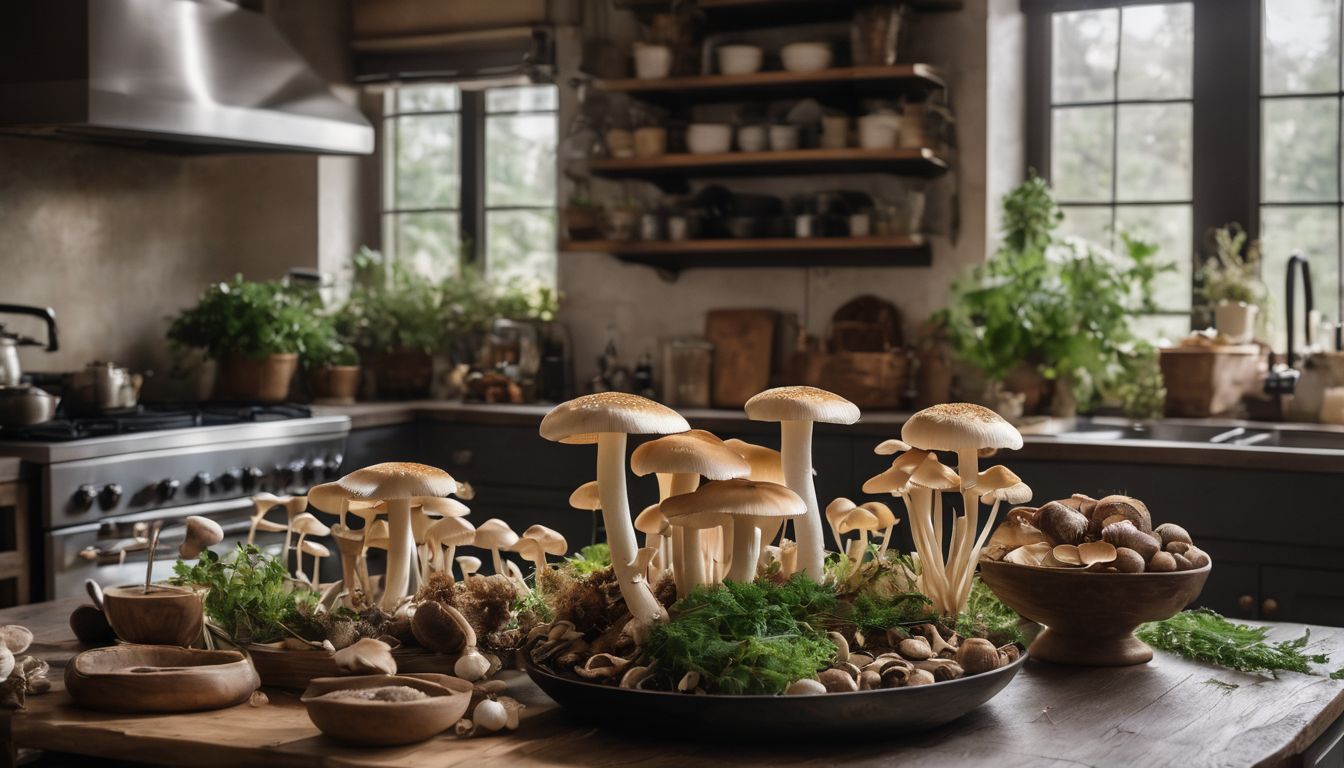Whether I buy fresh herbs at the grocery store, or better grow my own herbs in the yard or windowsill, I always find that I have too many herbs to be used before they start to wilt. Learning how to dry your own herbs can solve this problem of preserving flavor but getting to use your herbs later!
BENEFITS FOR YOUR HEALTH:
In addition to enhancing the flavor of food, herbs have an abundance of health benefits. Below are a few of the most popular types of herbs and their health benefits:
- Burdock – This herb is often used as a supplement to fight bacteria and to detox the body.
- Cilantro – Cilantro has a high level of vitamin K, which improves bone strength and blood clotting.
- Dandelion – Dandelion greens are believed to detox the liver and kidney and to aid with digestive issues.
- Fennel – Fennel has been used to ease heartburn, bloating, gas, and other digestive issues.
- Ginger – This root is often used to alleviate nausea from pregnancy, motion sickness, or chemotherapy. Limited evidence also shows that it can be helpful in treating arthritis and muscle soreness.
- Holy Basil – This type of basil has been used to treat asthma, diabetes, and upper respiratory infections.
- Lavender – This herb can be used to ease stress and help people fall asleep. In oil form, lavender can stop itching and swelling on the skin.
- Mint – This herb has been used to ease irritable bowel syndrome.
- Oregano – This herb has antibacterial and antifungal properties.
- Rosemary – Rosemary has high levels of rosmarinic acid, which makes it effective against inflammation. Rosemary also boosts the production of acetylcholine, which improves learning and memory.
- Thyme – This herb contains many antioxidants, which help prevent cancer, inflammation, and signs of aging by preventing cell damage.1
BENEFITS FOR THE ENVIRONMENT:
Many large-scale herb farms use growing a vertical garden too!
Cost: Low
Small containers of pre-dried herbs at grocery stores are actually more expensive than you might think. By drying your own herbs, you will have a larger and most likely higher-quality supply for less money.3
Time and Effort: Low
Once the herbs are grown and harvested, the methods detailed below to dry your herbs take very little time and effort.4
Materials Needed:
Scissors
Twist ties or wire
Muslin cloth or paper bag
Clothes hangers
Clothespins
Glass jars with airtight lids
Oven
Oven sheet
Instructions:
Harvesting—Herbs should be harvested before 10 AM, so that the beneficial oils are not yet affected by the sun that day. The leaves on the herbs also need to be fresh; wilted or browned leaves should not be harvested. If you are harvesting seeds, they should be collected when they start to turn brown and harden but before they naturally fall off of the plant. Flowers should be harvested by cutting the flower heads off of the plant soon after the plant blooms.5
Drying 6
Method #1: Air Dry
- iiGather the herbs in 4-5 stems per bunch and secure stems with a twist tie or small piece of wire.
- Wrap each bundle in muslin cloth or a paper bag and secure with another twist tie.
- Using clothes hangers and clothespins, hang the bundles in a well-ventilated place indoors that is out of direct sunlight for about a week.
Method #2: Oven Drying
- Remove the leaves from the stems of the herbs.
- Place the leaves on a baking sheet (no overlapping).
- Preheat the oven on the lowest setting (100 – 120 degrees Fahrenheit is ideal). If your oven does not have a setting that low, prop the oven door open.
- Check oven often since herbs dry very quickly using this method. Remove the herbs when the leaves start to crumble and they no longer bend without breaking.
DO NOT Microwave Dry! Drying herbs in the microwave only works for small quantities of herbs and is not an energy efficient method. Plus, avoiding the microwave is never a bad thing ☺
Storage—To preserve the herb’s flavor, do not crumble up the herb until you will be using it. Instead, store the full leaves in glass jars with airtight lids. Make sure to label the jar since dried herbs all look very similar.7
Alternative to Drying: Freezing—Some herbs, such as basil, mint, chives, parsley, and cilantro, retain their color and flavor better if they are frozen instead of dried. To avoid freezer burn, chop the herbs and put them into ice cube trays. Then fill the ice cube trays with water or olive oil and freeze them. Once the cubes are frozen, pop them out and store them in an airtight container.8
Enjoy your herbs for months to come!




